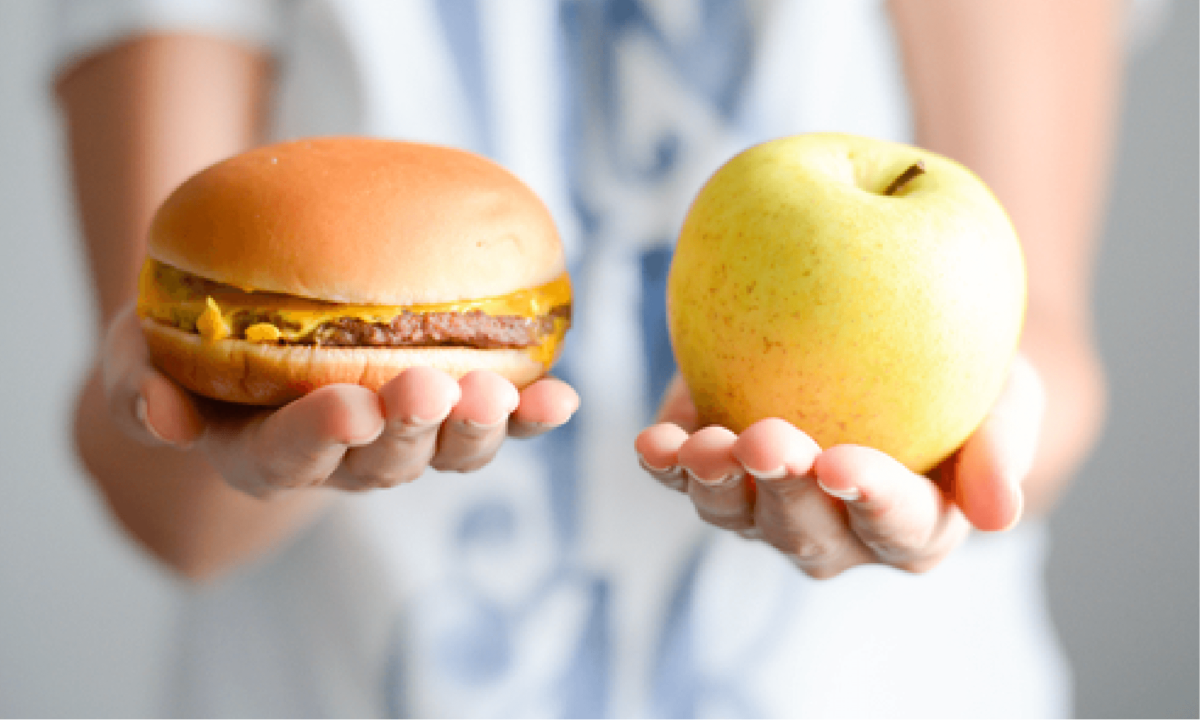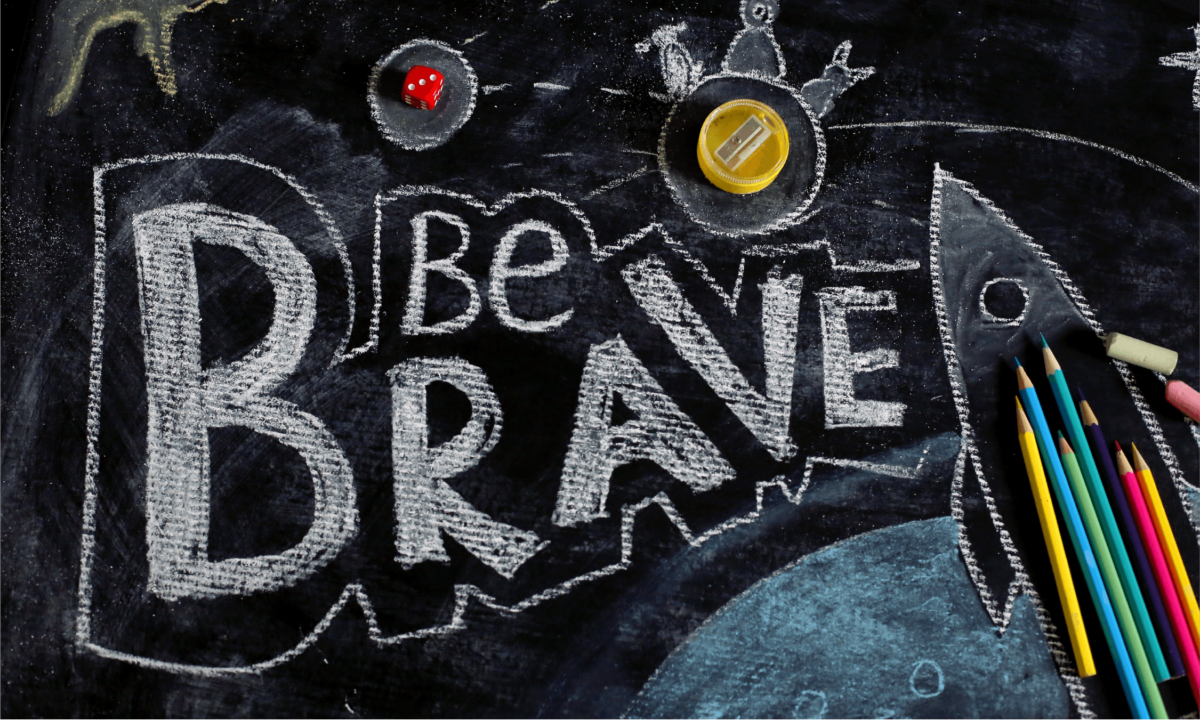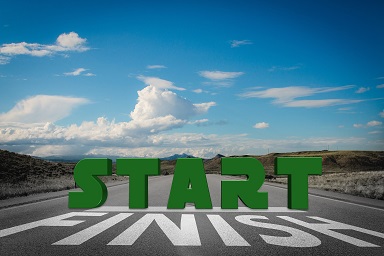There is no shortage of diet options for us to choose from: vegetarian, vegan, paleo, paleo vegan, macrobiotic, Mediterranean, raw, high fat, low fat, high carb, low carb, and on and on. Can’t we just eat food. Hmmm…now we’re talking.
What’s the purpose of our food? Pleasure? Nourishment? Both? Rip Esselstyn’s book, My Beef With Meat: The Healthiest Argument for Eating a Plant-Strong Diet makes the case that plant-powered food offers both pleasure and nourishment. A former firefighter, Esselstyn also puts to rest the argument that manly men can’t live on plants alone.
He argues that:
Plants can heal. Plants can nourish. Plants can nurture. Plants can give you everything you need to be the healthiest person you can be and live the life you deserve to live.
The book sets out to debunk 36 myths surrounding diet and takes a look at actual facts about plant and animal foods. From Plants are Plentiful in Protein to It’s Never too Early to Start a Plant-Based Diet to It’s Never Too Late to Start a Plant-Based Diet, Esselstyn explains his take on how and why plants are the way to go. Referencing science to back up his claims, Esselstyn implores us to take the plunge into the plant world and leave the beef behind. He also includes 140 recipes to entice us into the plant-strong side of life.
He cites the claim by the American Institute for Cancer Research that:
You can’t control your age, but you can control your cancer risk….For seniors, the AICR advises that all meals be based on plant-based food. A consistent diet of fruits, vegetables, and whole grains will ‘protect against a range of cancers, including mouth, pharynx, larynx, esophagus, stomach, lung, pancreas, and prostate.’
In full disclosure, I gave up meat (or carcass as Susan Peirce Thompson, Ph.D. would say) a number of years ago. It’s a decision that suits me well. I also realize that each of us is unique with our own nutrition needs. So…what to do? What to do? If you’re a carnivore, experiment with your diet. Try opting out of meat and giving Meatless Mondays a whirl. For the rest of the week, take a look at the amount of meat / animal products you’re eating. How much of your plate is covered by a hunk of meat and how much of your plate is covered by vegetables?
No doubt if you are eating meat, you think you’re not eating that much. That seems to be the refrain from meat eaters around the world according to Colleen Patrick-Goudreau. So take a look at your plate, and make a few adjustments. See what happens if you cut down on the amount of animal products (that includes dairy and seafood) you’re eating and replace them with vegetables. Pump up the volume on the amount of water you’re drinking while you’re at it. Do you feel better? Worse? Do you have more or less energy?
If you give this a try, let me know how changing up your diet works for you and whether you’ll make long-term changes or revert back to your traditional diet. Or have you already been experimenting to find a diet that suits you best?








